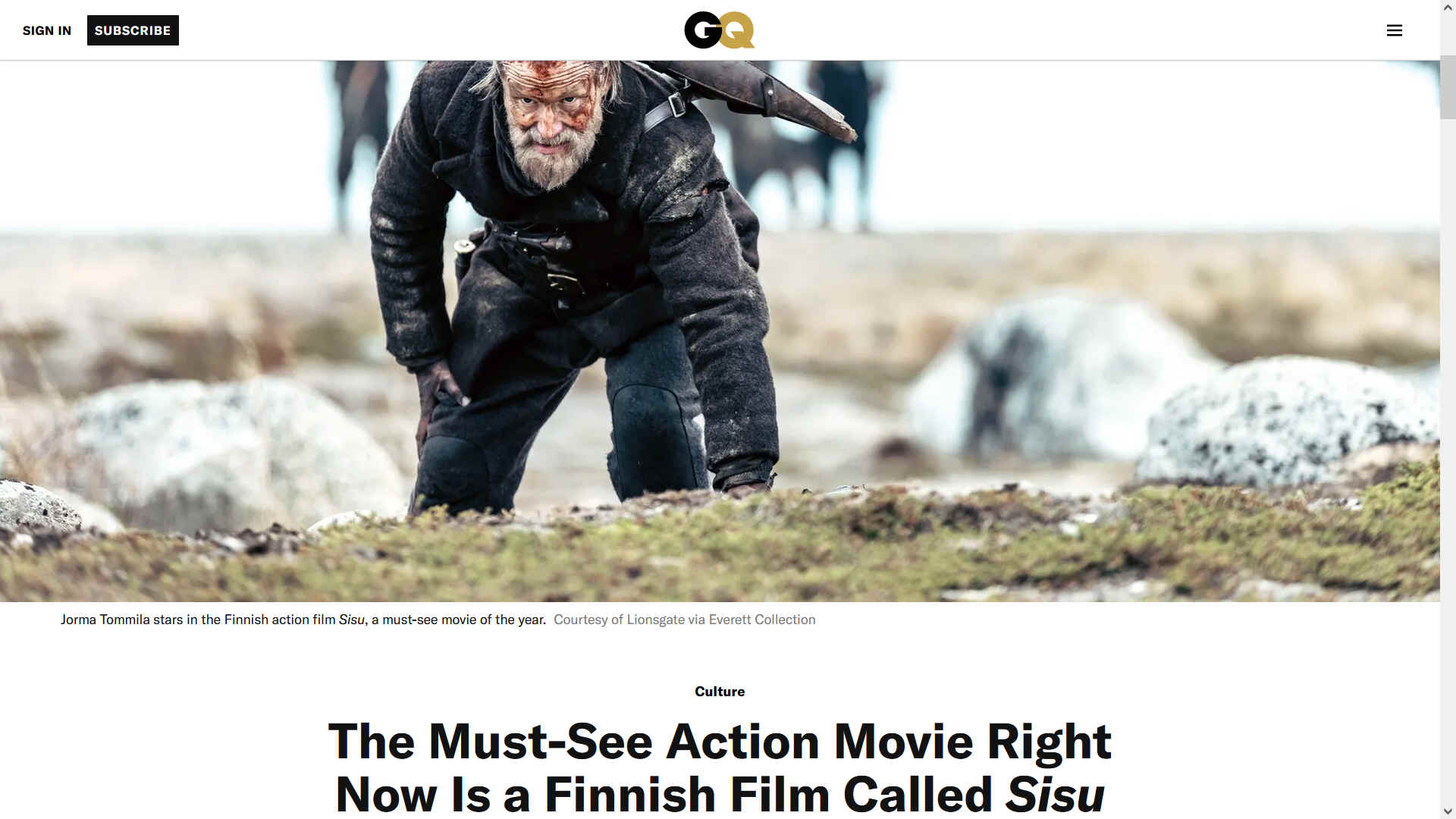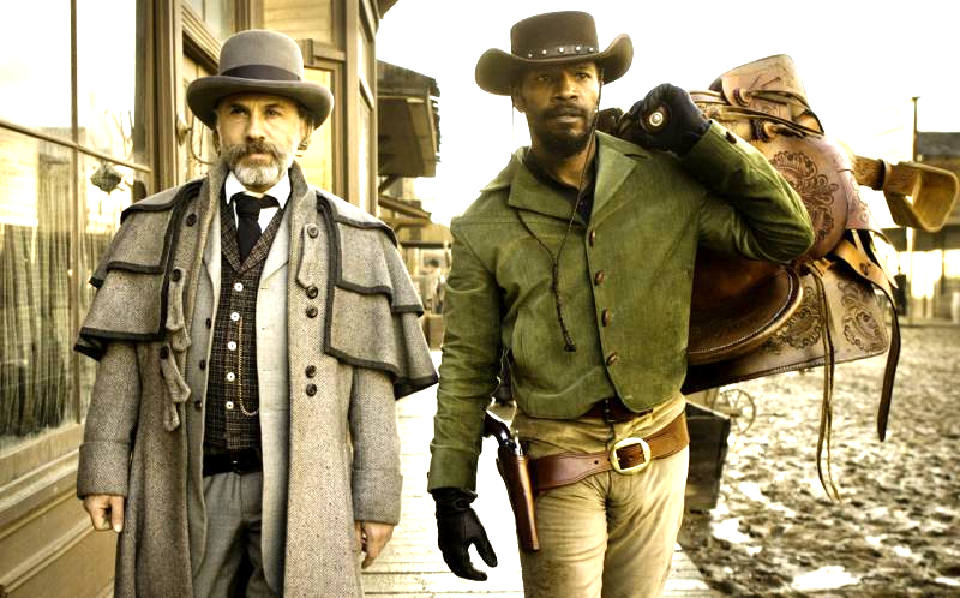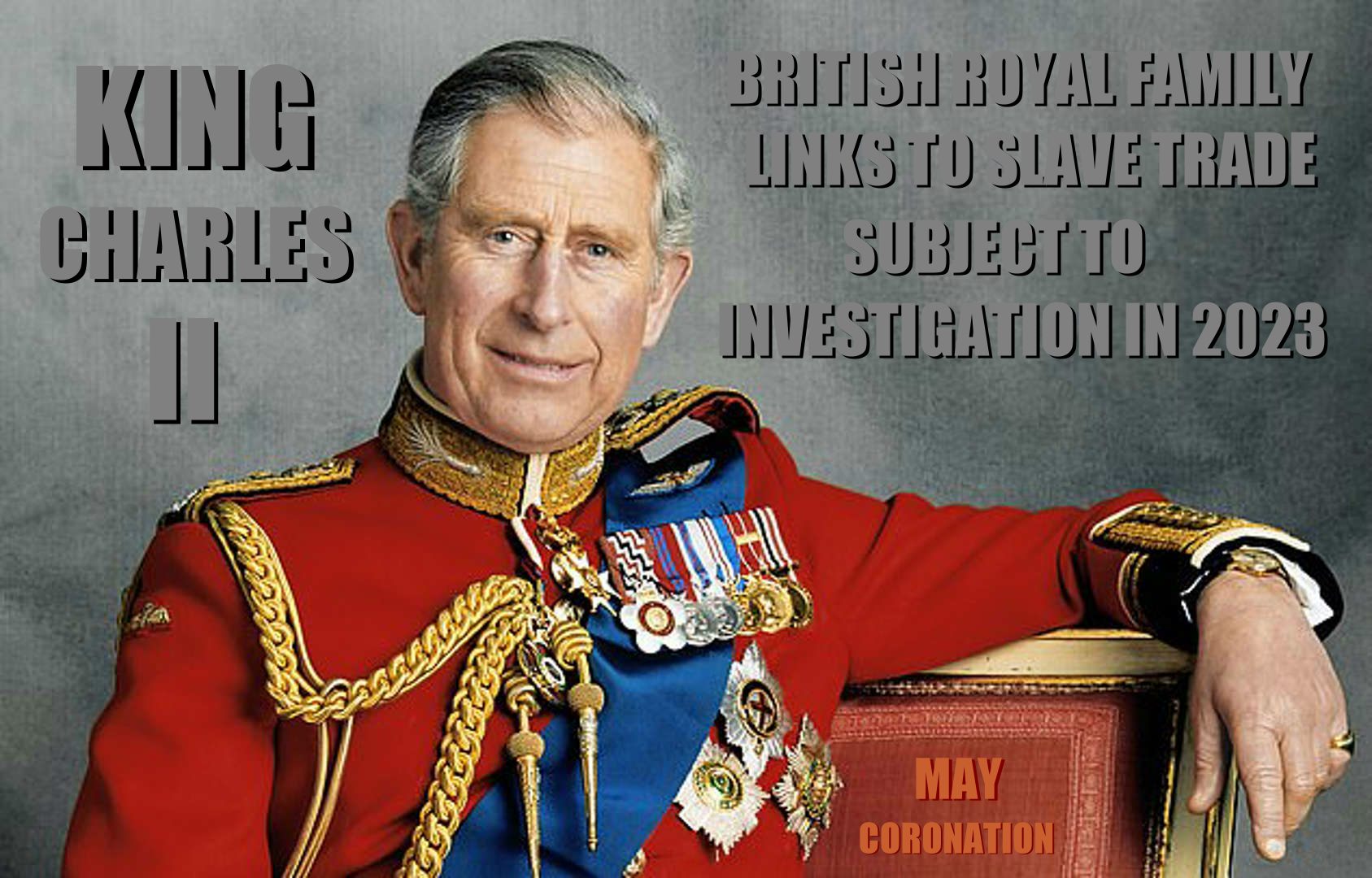|

In the United Kingdom, The
Colonial is Sisu, thrust into a world of Nazi Councillors and
Council officials, all on the make, sworn not to reveal the truth and to
watch each other's backs, including Sussex police, guaranteeing them
immunity from prosecutions. No evidence would ever be gathered and
existing files would be systematically destroyed. In the UK,
the state controls the crime scene and Legal Aid does not (did not)
extend to obtaining independent forensic medical evidence. Barrister
Julian Dale, and Solicitor Timothy Stirmey confirmed that to the
defendant. Later, barristers in England went on strike because Legal Aid
fees were so low, they were unable to defend their clients. It is
likely, as alleged, that The Colonials legal team, were bribed
to throw in the towel. The CPS and Sussex police, in on it.
This
story is somewhat aligned with the tale of Victor von Woolfe, and
of course the fictional Sherman McCoy who proves his innocence in court
with a tape recorded confession by Maria Ruskin. The difference between
these stories is most importantly, that
Victor's story is real, whereas Tom Wolfe's book is fictional. In
Victor's case, his is a true story, based on real events between 1981
and 2024, ongoing. Victor, 'The Colonial Bulldog', is an innocent man.
Framed once by Wealden
District Council, as to the truth about the Old
Pump House in 1985, and again by Sussex
Police between 2006 - 2008, when their partners in crime, Wealden,
were about to be unfrocked about the fraud the police had helped to
cover up for over 25 years. If the police were honest, they'd be
prosecuting this council and the officers involved for fraud. The fact
they are sitting on their hands, is proof positive of their conspiracy and
dishonesty. The UK's Planning Inspectorate are just as guilty, having been
recently apprised of their part in the conspiracy, since they repeatedly
failed to ascertain the truth or make proper enquiries themselves
between 1985 and 2023, as is the State,
for allowing this injustice to persist. In the UK, there is no
"Right of Appeal." The bankrupt nation is sinking beneath
waves of cancerous injustices, the cost of keeping quiet, being many
times to cost of admitting guilt. But they never learn from their
mistakes. They keep on digging a deeper hole. Like failing to admit an Empire
built on slavery.
The Bonfire of the Vanities is a 1990 American satirical black comedy film directed and produced by Brian De Palma and starring
Tom
Hanks, Bruce
Willis, Melanie Griffith, Kim Cattrall, and Morgan
Freeman. The screenplay, written by Michael Cristofer, was adapted from the
1987 novel of the same name by Tom Wolfe.
The novel of The Bonfire of the Vanities was a bestseller. Warner Bros. bought the rights from author Tom Wolfe for $750,000.
The film adaptation received very negative reviews from critics and
under performed at the box-office, grossing just $15 million against its $47 million budget. The controversies surrounding the film were detailed in
a 1991 book The Devil's Candy: The Bonfire of the Vanities Goes to Hollywood, by Julie Salamon.

PLOT
Sherman McCoy is a Wall Street bond trader who makes millions while enjoying the good life and the sexual favors of Maria Ruskin, a Southern belle gold digger. Sherman and Maria are driving back to Maria's apartment from JFK Airport when they take a wrong turn on the expressway and find themselves in the "war-zone" of the South Bronx.
They are approached by two black youths after Sherman gets out of the car to move a tire out of the road. He jumps back into the car and Maria guns the engine in reverse, running over one of the teenagers and they drive away. Sherman initially wants to report the incident to the police, but Maria immediately talks him out of it, fearing that their affair would be publicly exposed.
Meanwhile, alcoholic journalist Peter Fallow, anxious for a story to make good with his editor, comes upon the hit-and-run case as a rallying point for the black community calling upon Jewish district attorney Abe Weiss, who is the Bronx District Attorney seeking re-election. According to Judge Leonard White, almost all of DA Weiss' prosecutions end up with black and Puerto Rican defendants going to prison and Weiss is seeking a white defendant for purposes of convincing the minority-majority community that he is worth re-electing.
Weiss recognizes the press coverage inherent in prosecuting the callow Sherman, who has been discovered as the owner of the car, and therefore presumed to be the hit-and-run driver, in order to cultivate the image as an avenger for the minorities and be propelled to the mayorship of New York City. As Sherman is brought to his knees, New York City fragments into different factions who use the case to suit their own cynical purposes.
Finally, Sherman is left without any allies to support him except for the sympathetic Judge Leonard White and the remorseful Fallow. Fallow gains a tremendous advantage and insight into the case when he is dating a woman who is the sub-letting landlord of Maria's apartment, and knows of secret recordings of conversations in the apartment made by the building owners to prove that the woman is not in fact living in the rent-controlled apartment herself. She discovers information about the McCoy case (where Maria states she was driving the car), which she gives to Fallow, who in turn covertly supplies it to McCoy's defense attorney.
Sherman gets his hands on a tape and plays the recording in court, where it reveals Maria directly contradicting the evidence she has just given, showing she has been perjuring herself and causing her to faint. Sherman plays the tape on a tape recorder inside his briefcase connected to a small loudspeaker that he holds on the desk.
When the judge orders that he approach the bench with this evidence, he asserts that the tape is his (making it admissible evidence), resulting in his acquittal. The people in the court go into an uproar, to which Judge White launches into a tirade that they have no right to act self-righteous and smarmy, or that they are above Sherman, considering Reverend Bacon claims to help disadvantaged New Yorkers but actually engages in race baiting, or that the District Attorney Weiss pushed this case not in the interest of justice but in the interest of appealing to minority voters to further his political career by appealing to their desire to "get even". After the Judge made his point, he begs the people to be decent and change their ways, letting Sherman go.
A year later, a large audience is applauding the premiere of Fallow's book. Fallow says that Sherman McCoy has moved away from New York City to an unknown destination, presumably to live in obscurity.

CAST
- Tom Hanks as Sherman McCoy
- Bruce Willis as Peter Fallow
- Melanie Griffith as Maria Ruskin
- Kim Cattrall as Judy McCoy
- Saul Rubinek as Jed Kramer
- Morgan Freeman as Judge Leonard White
- John Hancock as Reverend Bacon
- Kevin Dunn as Tom Killian
- Clifton James as Albert Fox
- Louis Giambalvo as Ray Andriutti
- Donald Moffat as Mr. McCoy
- Adam LeFevre as Rawlie Thorpe
- Alan King as Arthur Ruskin
- Kurt Fuller as Pollard Browning
- Richard Libertini as Ed Rifkin
- Andre Gregory as Aubrey Buffing
- Beth Broderick as Caroline Heftshank
- Mary Alice as Annie Lamb
- Robert Stephens as Sir Gerald Moore
- Kirsten Dunst as Campbell McCoy
- F. Murray Abraham as D.A. Abe Weiss (uncredited)
In addition, George Plimpton has a credited cameo appearance, Geraldo Rivera has an uncredited cameo appearance, and Hanks's wife Rita Wilson has a small but intense role as the PR woman at the beginning of the movie.
PRODUCTION
The film's production was plagued by controversy. Among them were the acting choices. When the project was first pitched and Mike Nichols was attached as the original director, he wanted
Steve Martin for the role of Sherman McCoy, but the studio rejected it because they thought Martin was too old for the role. Tom Wolfe wanted Chevy Chase for McCoy. Kevin Costner, Tom Cruise and Christopher Reeve were also considered for the role.
Brian DePalma ultimately came on board to direct and offered the role of Peter Fallow to both Jack Nicholson and John Cleese (Fallow was English in the novel), but both actors turned down the role. When De Palma was unable to deliver an actor, the studio forced him to cast Bruce Willis, who had starred in the successful 1988 film
Die
Hard.
Walter Matthau was initially offered the role of the judge, but demanded a fee of $1 million. The producers balked at meeting his price and signed Alan Arkin instead for a modest $150,000. Arkin was then replaced by Morgan Freeman when the studio decided to change the judge's ethnicity from Jewish to African American in order to respond to criticism of the film's racial politics, and dialogue was added to have the judge denounce the manipulative actions of the main characters. De Palma said he "didn't want to racially polarize" the film by having "a white judge talking morality to a basically black audience." Arkin refused to waive his payment after being recast. Edward James Olmos was also considered for the role of the judge.
F. Murray Abraham, who had a significant part in the film, chose not to be credited because of a contract dispute. When he was denied the billing above the title that he had requested, he took his name off the picture.
De Palma wanted Uma Thurman to play Maria Ruskin. Thurman tested for the role, but Tom Hanks felt that she wasn't right for the part and, eventually, Melanie Griffith was cast instead.
The studio made significant changes to the source material, making Sherman McCoy more sympathetic and adding a subplot involving a minor character, Judge Leonard White (eventually played by Freeman).
FILMING
In one notable scene in the film, Maria Ruskin (Melanie Griffith) arrives in New York on an Air France Concorde. The film's second unit director, Eric Schwab, calculated the time and day when a runway at JFK Airport would line up exactly with the setting sun, to serve as a backdrop, and managed to film in the single 30-second time period when this occurs in any given year, while winning a bet that he could make the scene an essential part of the movie. The 5-camera shot cost $80,000 and lasted just 10 seconds in the final cut. Cinematographer Vilmos Zsigmond claimed credit for the shot in an American Cinematographer article.
Schwab also directed the opening title shot - an almost equally elaborate and expensive set-up requiring a 24-hour timelapse of Manhattan, from a camera platform beside a gargoyle on top of the
Chrysler Building.
Several of the sets parodied the home decorated by Robert Denning and Vincent Fourcade for Carolyne Roehm and Henry Kravis.
The cover of Peter Fallow's book in the film has a similar design to the original first edition of Tom Wolfe's novel from 1987.
Cristofer's original script ended cynically with the supposed victim of the hit-and-run walking out of the hospital, suggesting that the whole scenario was concocted. That ending did not test well with audiences and was dropped.
LOCATIONS
Sherman and Judy McCoy's luxury apartment was built on the Warner
Bros. stage in Burbank, designed by Richard Sylbert. The Park Avenue exteriors were shot on location late at night, using rain effects and a prop phone booth. The lobby scenes were shot at 77 Park Avenue.
The courthouse interior scenes were shot at Queens County Courthouse, at night. Courthouse exteriors were at the Mario Merola Building / Bronx County Courthouse. The subway entrance was fake — there is no subway station there. Another courthouse scene showing a riot in slow-motion had been shot at the Essex County Courthouse in Newark but was omitted from the film following negative reactions from test screenings.
The 330-second Steadicam shot of Peter Fallow arriving at the Palm Court of the Winter Garden was a tour de force for operator Larry McConkey. He had to track backwards, get on a golf cart, ride it for 380 ft (120 m), get off it again, track backwards 234 ft (71 m), get into the elevator, get out again, and track for another 250 ft (76 m).
The huge party scenes were shot at the L.A. Natural History Museum.

...
CRITICS
Critical reception was largely negative. The film scores a 15% rating on Rotten Tomatoes, based on 54 reviews. The critical consensus reads: "The Bonfire of the Vanities is a vapid adaptation of a thoughtful book, fatally miscast and shorn of the source material's crucial sense of irony. Add it to the pyre of Hollywood's ambitious failures." On
Metacritic, it has a weighted average score of 27 out of 100, based on 27 reviews, denoting "generally unfavorable reviews". In Leonard Maltin's annual Movie Guide publication, he gave the film a "BOMB" rating, describing it as an "appallingly heavy-handed 'comedy'".
Audiences polled by CinemaScore gave the film an average grade of "C" on an A+ to F scale.
In its review, Variety magazine stated, "the caricatures are so crude and the 'revelations' so unenlightening of the human condition that the satire is about as socially incisive as an entry in the Police Academy series." Vincent Canby of The New York Times denounced "Brian De Palma's gross, unfunny movie adaptation." Owen Gleiberman of Entertainment Weekly called it "one of the most indecently bad movies of the year," giving it a D grade. Rita Kempley of The Washington Post stated "the director has become one with the buffoons Wolfe scored in his bestseller. He has not only filed Wolfe's teeth but stuck his tail between his legs," and called the film "a calamity of miscasting and commercial concessions". In Rolling Stone, Peter Travers wrote, "On film, Bonfire achieves a consistency of ineptitude rare even in this era of over-inflated cinematic air bags." Gene
Siskel, in the Chicago Tribune, wrote "preview audiences have hooted the film's revisionist ending, which concludes with a sermon. I didn't hoot because I was too sad. I gave up on the movie well before the ending." In her review for the Los Angeles Times, Sheila Benson called the film, "an overstated, cartooned film for dullards". Steven Rea of The Philadelphia Inquirer wrote, "Big books have been bastardized by Hollywood before – it's a time-honored tradition that counts Hemingway, Faulkner and the scribes of the Old Testament among its victims – but you'd be hard-pressed to find an adaptation that screws up as royally as Brian De Palma's take on The Bonfire of the Vanities. Miscast, misguided and miserably unfunny, Tom Wolfe's black satire about avarice, prejudice and criminal injustice in the
loony-toon town of New York has been raped and stripped of all ambiguity and dimension." He ended the review by saying, "What a mess."
A less hostile review, 2.5 stars out of a possible 4, came from Roger Ebert of the Chicago Sun-Times. He felt that viewers who didn't read the novel might be confused by critical parts of the plot, and suggested Griffith and Freeman offered the best performances while Hanks was simply ineffective in his role. In Ebert's view, the film lacked the psychological depth of Wolfe's novel but "at least it does work well in a certain glossy way."
Commenting on the way Wolfe's story was adapted, Brian De Palma said, "The initial concept of it was incorrect. If you're going to do The Bonfire of the Vanities, you would have to make it a lot darker and more cynical, but because it was such an expensive movie, we tried to humanize the Sherman McCoy character – a very unlikable character, much like the character in The Magnificent
Ambersons. We could have done that if we'd been making a low-budget movie, but this was a studio movie with Tom Hanks in it. We made a couple of choices that, in retrospect, were wrong. I think John Lithgow would have been a better choice for Sherman McCoy, because he would have got the blue-blood arrogance of the character."
However, De Palma has been quick to downplay the notion that the movie suffered because of studio interference: "The initial producers, once we had cast Hanks, moved on and went over to Columbia Pictures, so I was sort of left to my own devices and pursued ways in which I thought I could make this movie more commercial and keep some edge of the book... I thought we were going to get away with it, but we didn't. I knew that the people who read the book were going to be extremely unhappy, and I said, 'Well, this is a movie; it isn't the book.' And I think if you look at the movie now, and you don't know anything about the book, and you get it out of the time that it was released, I think you can see it in a whole different way."
MOVIES
& TV
Django
Unchained 2012
Double
Jeopardy 1999
Enemy
of the State 1998
Mr
Bates Vs The Post Office (Horizon) 2024
John
Wick 2014
Gladiator
2000
Rambo
First Blood 1982
Rules
of Engagement 2000
Sisu
2023
The
Bonfire of the Vanities 1990
The
Crown, Netflix 2013 - 2023
The
Fugitive 1993
Yes
(Prime) Minister 1980 - 1988

|



